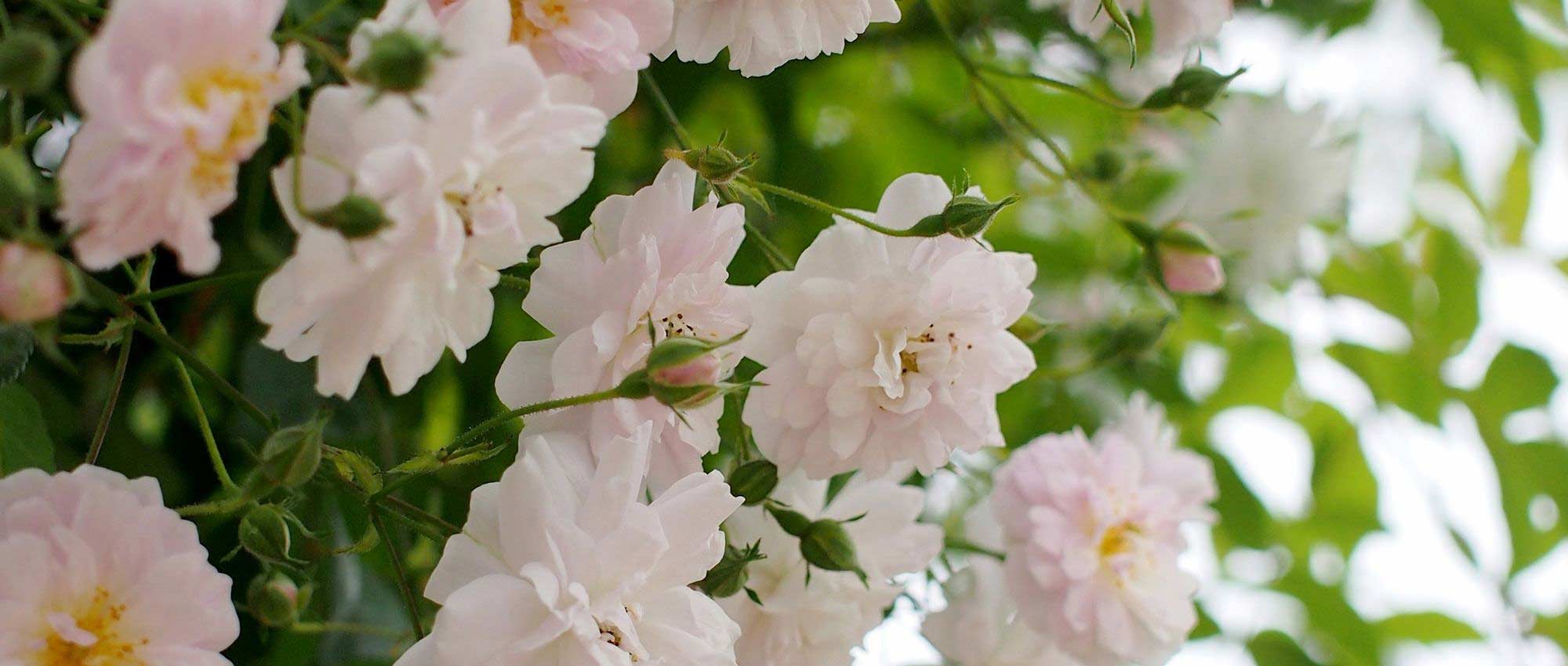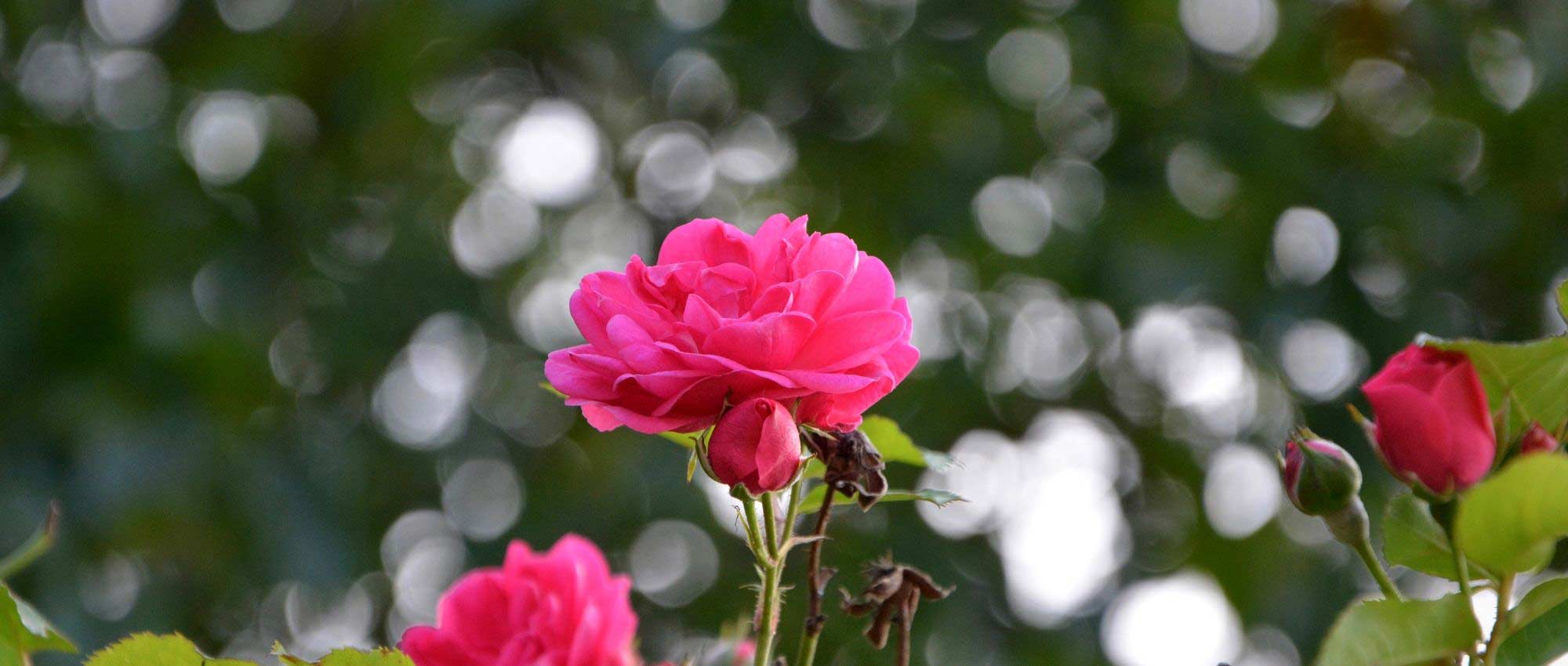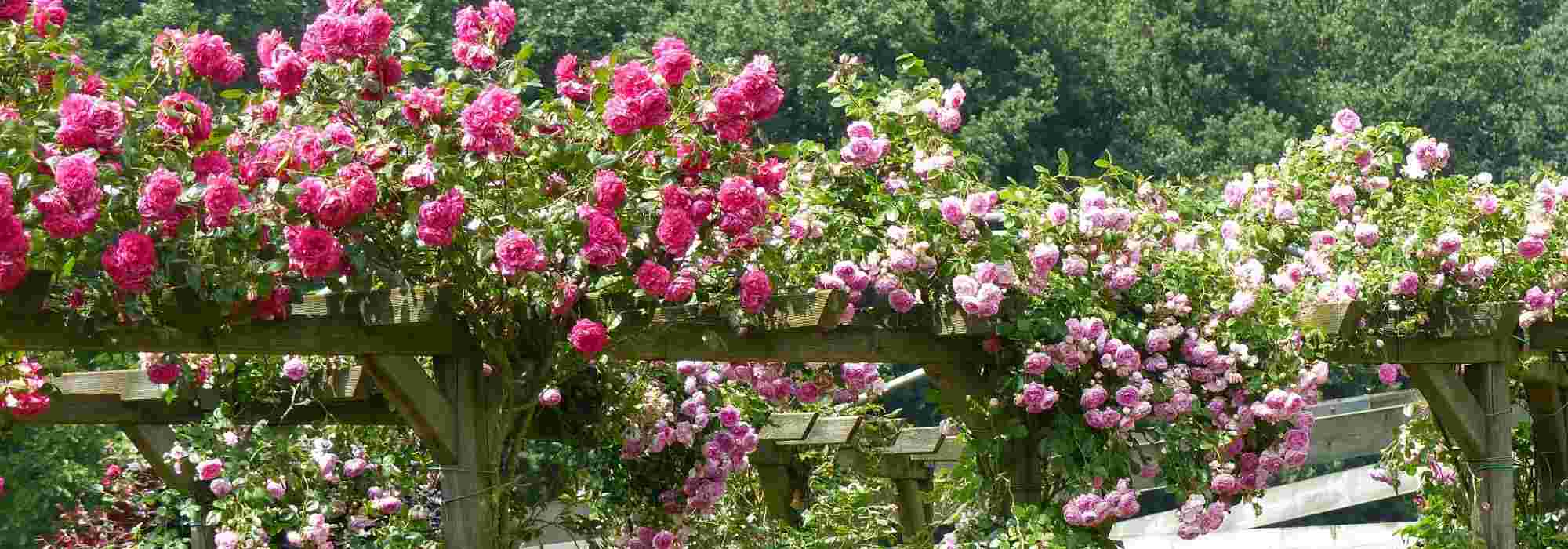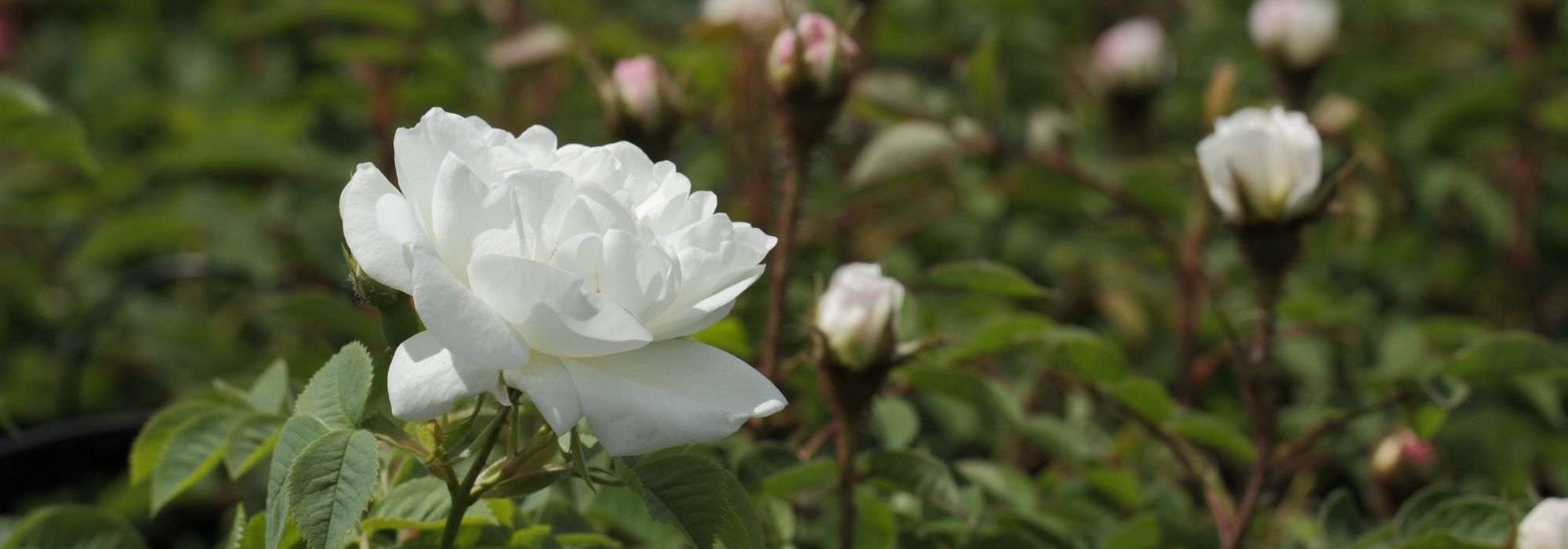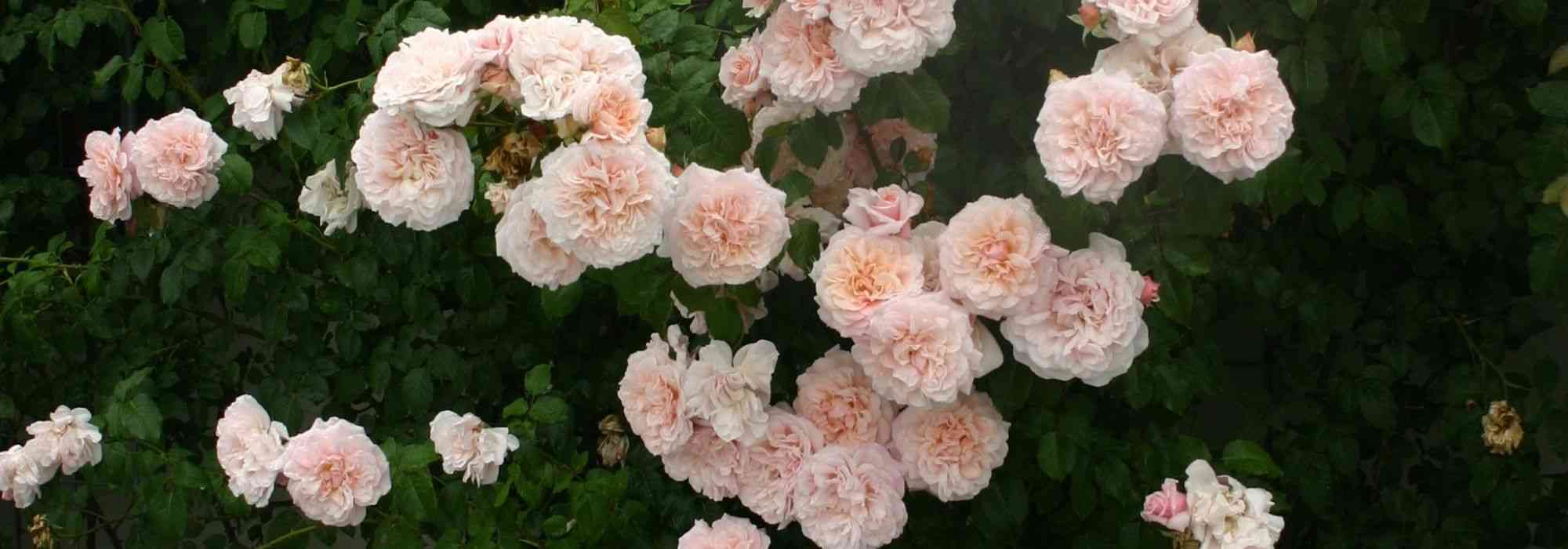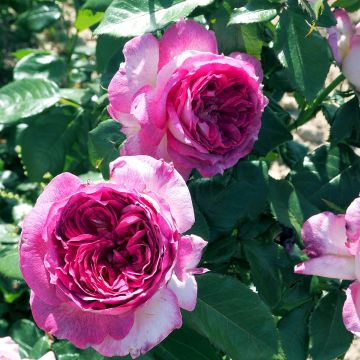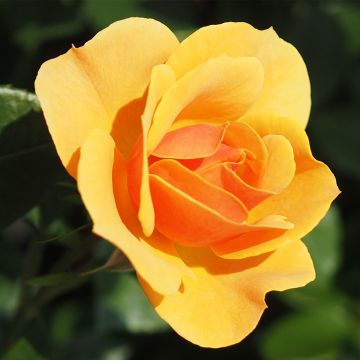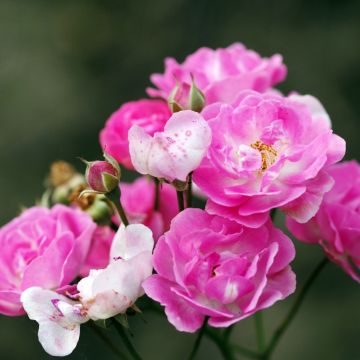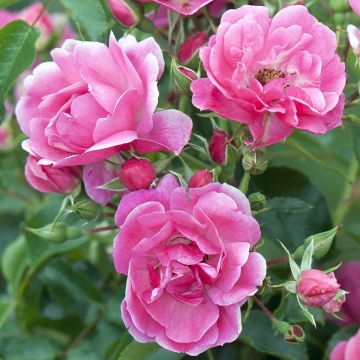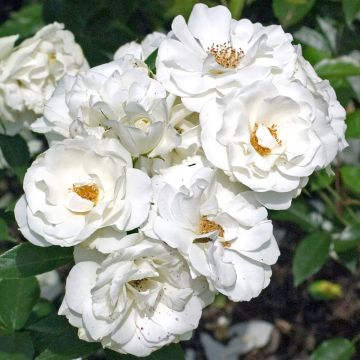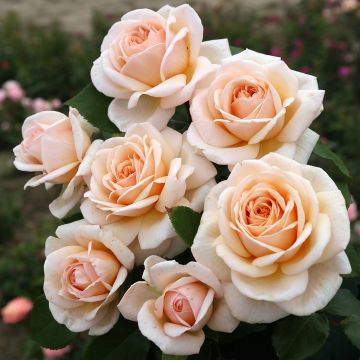

Rosa 'Mme Caroline Testout'
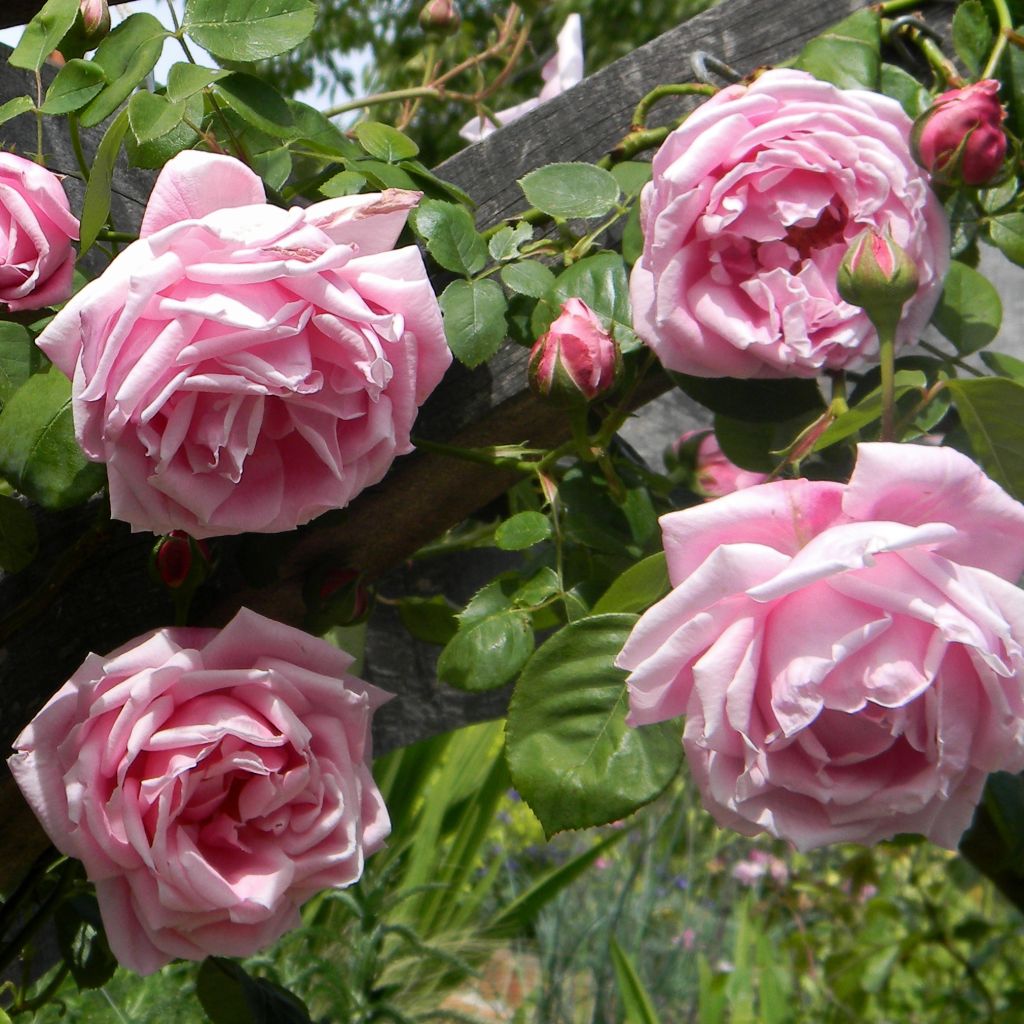

Rosa 'Mme Caroline Testout'
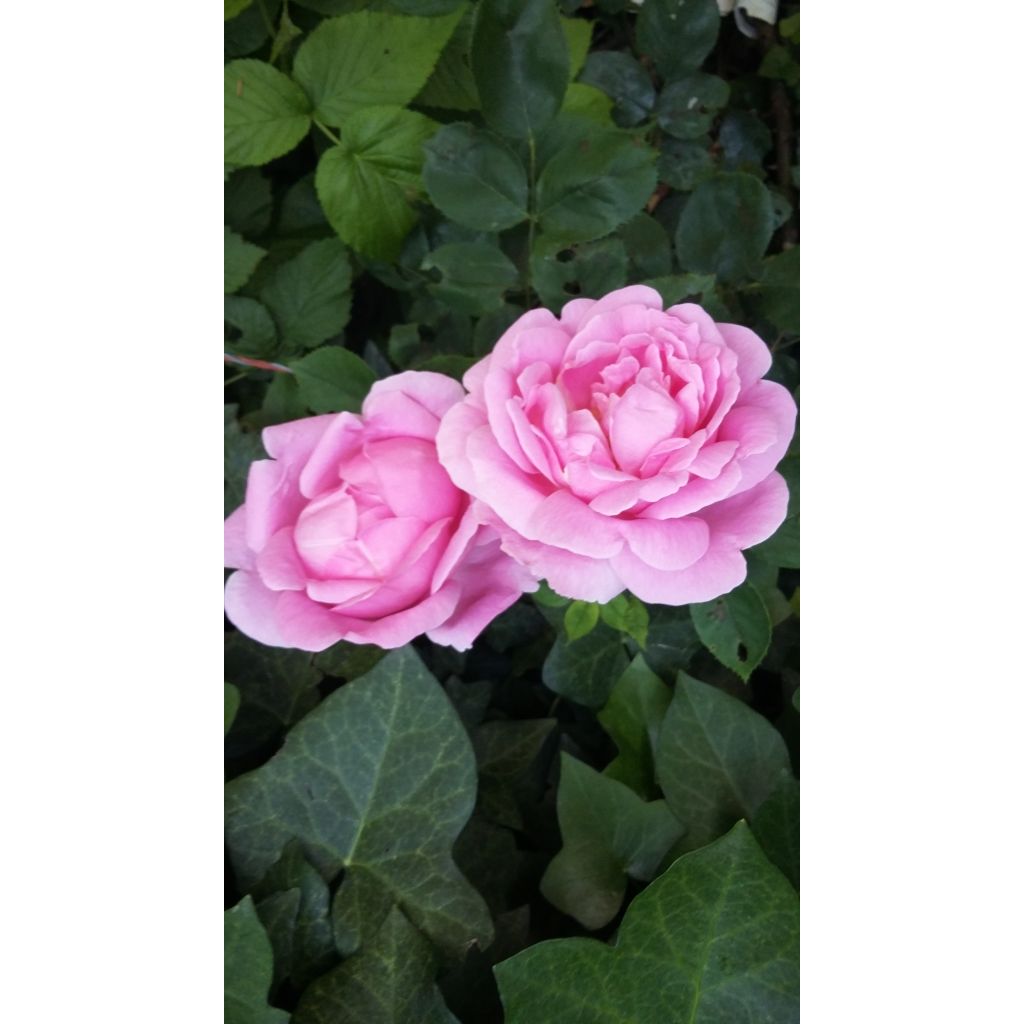

Rosa 'Mme Caroline Testout'
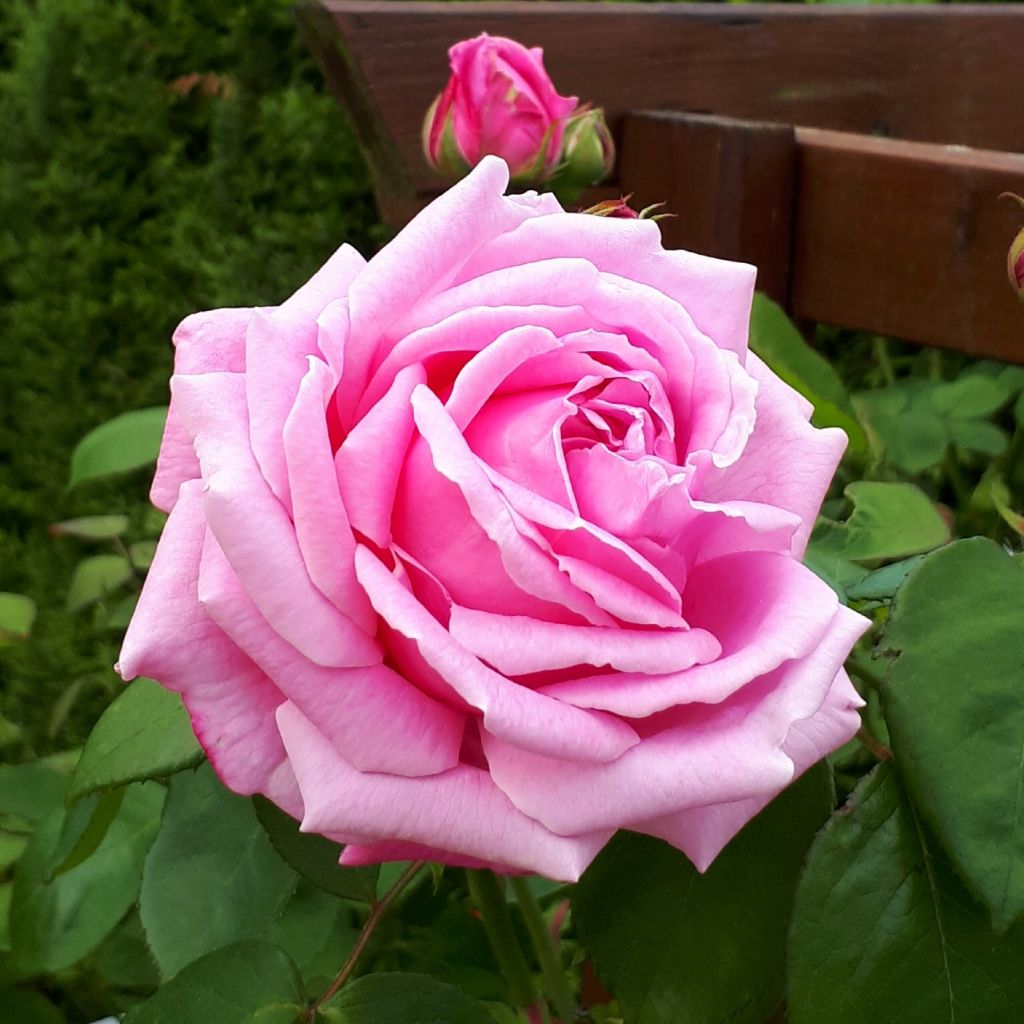

Rosa 'Mme Caroline Testout'
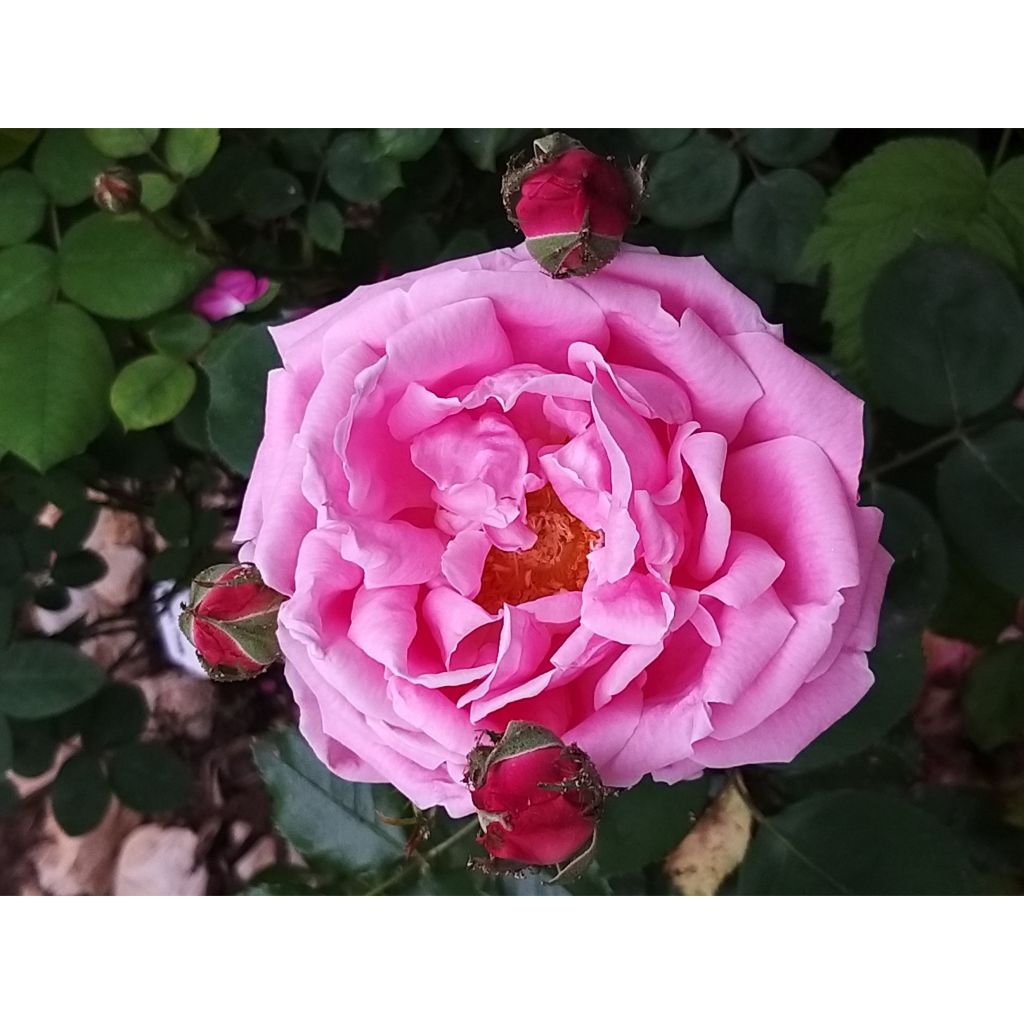

Rosa 'Mme Caroline Testout'
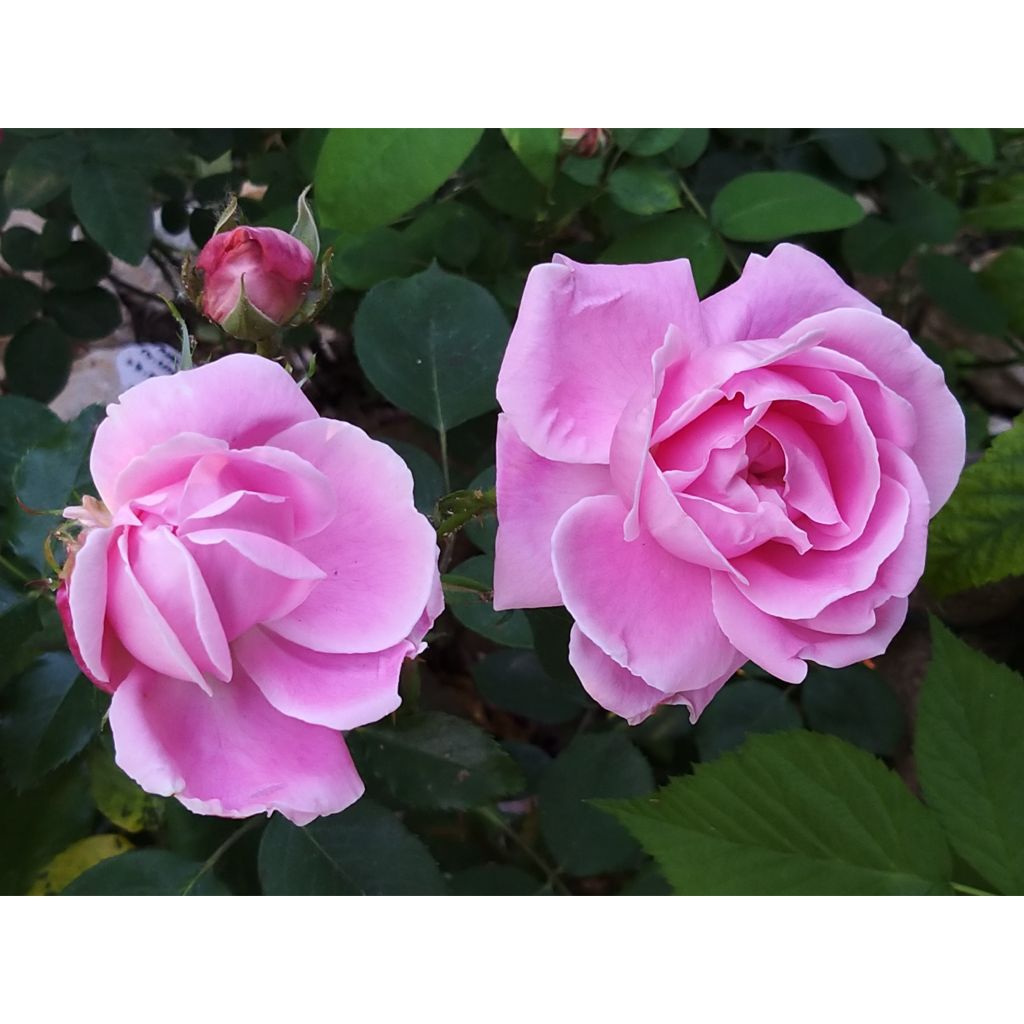

Rosa 'Mme Caroline Testout'
View more pictures
Hide images

Thierry P.

May flowering - image 12
Thierry P. • 84 FR
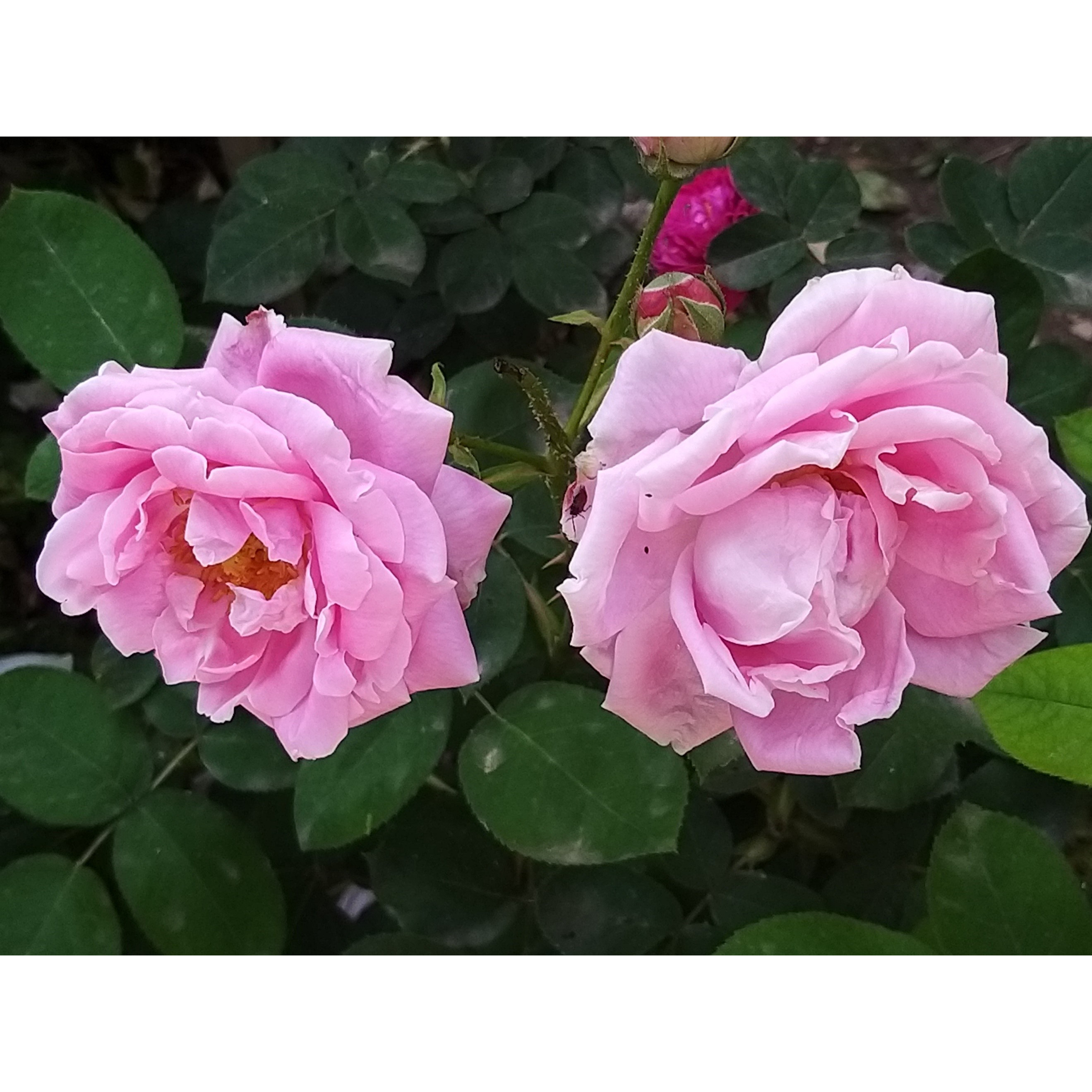
Thierry P.

May flowering - image 11
Thierry P. • 84 FR
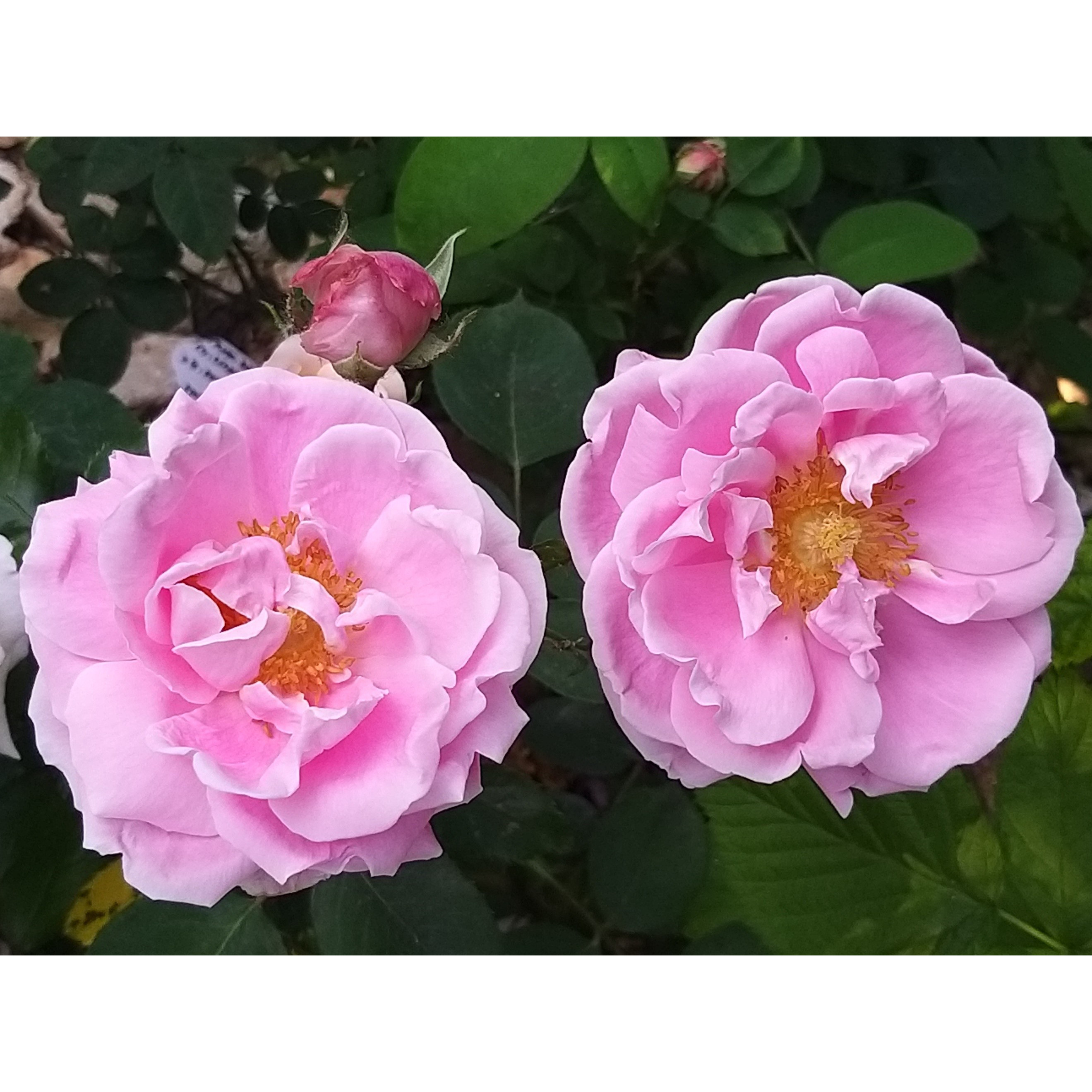
Thierry P.

May flowering - image 10
Thierry P. • 84 FR
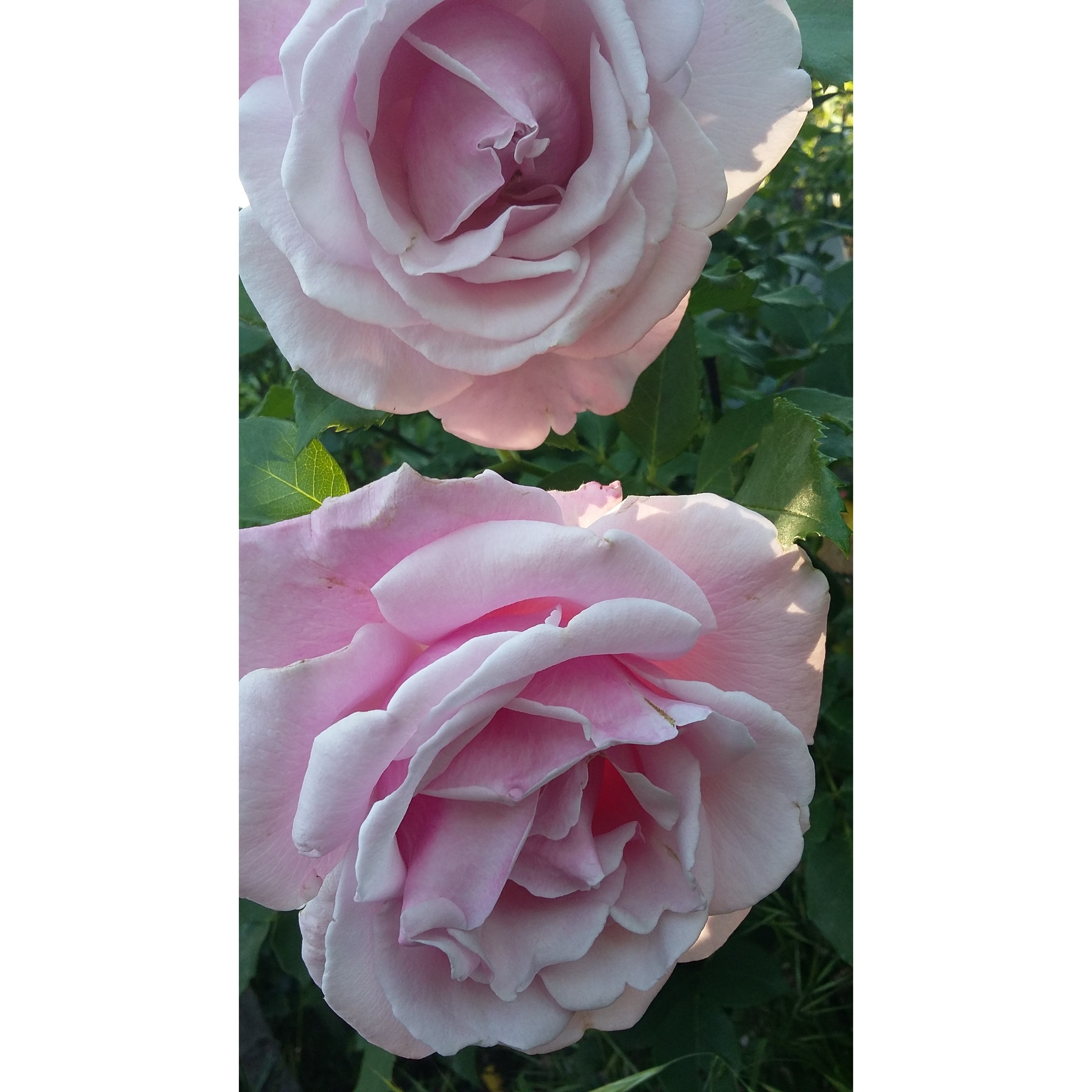
Thierry P.

Since the customer review provided does not contain any text to be translated, no further action is required. If you have another customer review or any other content that needs translation, please feel free to provide it.
Thierry P. • 84 FR
Rosa 'Mme Caroline Testout'
Rosa Mme Caroline Testout
Rose
Thanks to the individuals (Hélène for order preparation & quality control and ? from the shipping department), the bare-root rose received appears healthy to me. Planted between two cherry laurels at the edge of a wall, I am now awaiting spring growth... (or not?).
Thierry, 23/11/2020
Special offer!
Receive a €20 voucher for any order over €90 (excluding delivery costs, credit notes, and plastic-free options)!
1- Add your favorite plants to your cart.
2- Once you have reached €90, confirm your order (you can even choose the delivery date!).
3- As soon as your order is shipped, you will receive an email containing your voucher code, valid for 3 months (90 days).
Your voucher is unique and can only be used once, for any order with a minimum value of €20, excluding delivery costs.
Can be combined with other current offers, non-divisible and non-refundable.
Home or relay delivery (depending on size and destination)
Schedule delivery date,
and select date in basket
We guarantee the quality of our plants for a full growing cycle, and will replace at our expense any plant that fails to recover under normal climatic and planting conditions.
Description
The Climbing Rose 'Mme Caroline Testout' possesses the same extraordinary qualities as its shrub-like old rose counterpart but is enhanced by the formidable vigour of its woody climbing stems. This excellent Hybrid Tea rose, sometimes considered the best in the world, stands out first and foremost for its consistent and regular flowering and heavy, delicately scented roses. Its large, rounded, fully-formed flowers gracefully tilt, inviting one to bury their nose in the fresh, deep, authentic pink petals—an exceptional, endearing, resolutely generous and remarkably long-lasting rose.
The Climbing Rose 'Mme Caroline Testout' is part of the complex family of ancient Hybrid Teas, also known as large-flowered roses. It is a creation of the French rose breeder Chauvry, dating back to 1901. It is a sarmentous rose with exceptional longevity. It has a flexible habit and prickly stems, reaching over 5m (16ft) (sometimes 7m (23ft)) in height and 2 to 3m (7 to 10ft) in spread, depending on the growing conditions. Its broad, deciduous, dark green with a hint of blue foliage is exceptionally healthy and perfectly showcases the colour of the flowers. It flowers on second-year shoots, first in June-July, abundantly, and then again in September-October, no matter what. Its large, solitary roses, full but slightly ruffled, measuring 10cm (4in) in width, are composed of 20 to 39 petals displaying a pure and deep pink hue. Their fragrance, fresh and light, is classified as Tea roses with phenolic scents. No less than a dozen roses created by David Austin are direct descendants of 'The Wife of Bath', with 'Mme. Caroline Testout unquestionably makes a significant contribution to this line of English roses.
The rose 'Mme. Caroline Testout' should be included in every garden of ancient roses, not only for all the virtues mentioned above but also because it can grow in sometimes challenging conditions and flower even in the shade without the support of treatments or fertilisers. While the pink of its flowers is not exceptional, it proves easy to pair and pleasing to the eye, becoming a loyal and indispensable companion for structuring the decor over the years. It is particularly interesting for bringing lushness and colour to partially shaded garden areas. Like other climbers, it is incomparable for adorning walls, fences and pergolas alongside a vigorous clematis such as 'Montana' or 'Prince Charles'. It is an ideal companion for reviving dead trees or giving sheds a captivating charm. Trained on an arch, it will create a romantic and fragrant passage well into the late season.
Rosa 'Mme Caroline Testout' in pictures


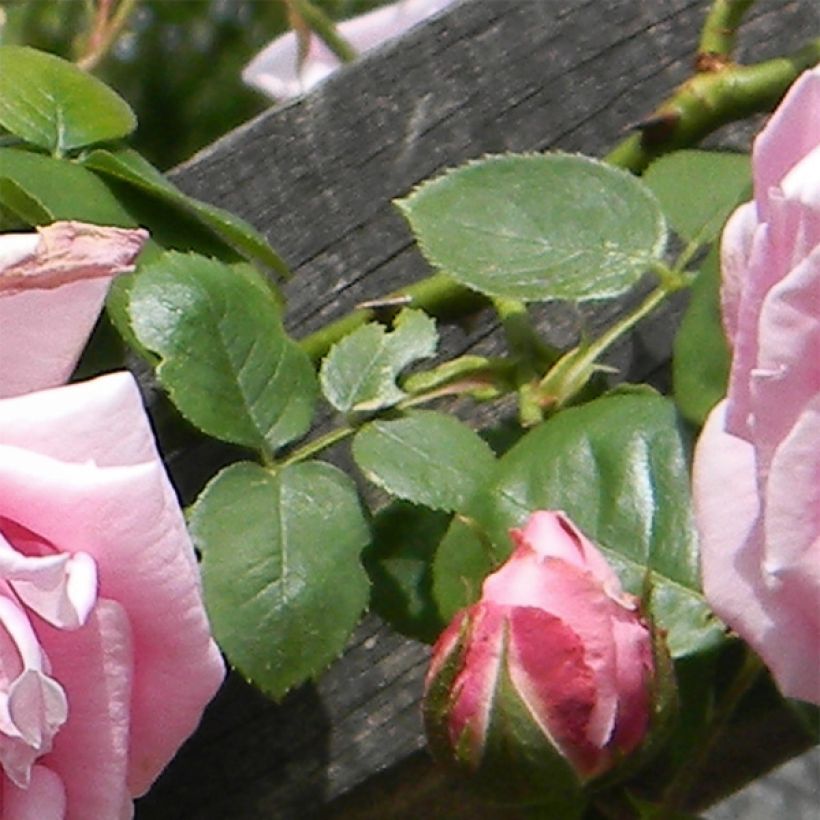

Plant habit
Flowering
Foliage
Botanical data
Rosa
Mme Caroline Testout
Rosaceae
Rose
Cultivar or hybrid
Rosa canina Laxa (4L/5L pot)
Planting and care
The 'Mme Caroline Testout' rose is an easy-to-care-for plant that can grow in any type of soil, even heavy or sandy. It is important to plant it properly, making sure it receives enough water and nutrients. You can plant it in autumn in well-drained soil, in a sunny or partially shaded location. In hot regions, it will grow well even if it only gets a few hours of sunlight.
To keep the rose healthy and attractive, you need to prune it. At the end of winter, remove only the lateral branches by trimming them 3 to 5 cm (1 to 2 inches) from the main branches. This helps to rejuvenate the plant and encourages the growth of new flowers. The rose is very hardy and can withstand cold temperatures as low as -20°C (-4°F). In winter, you may want to remove dead wood or faded flowers if you don't want fruit to form. In spring, after the risk of frost has passed, you can do a light pruning if necessary. Climbing roses can be left to grow freely if there is enough space.
If you plant a climbing rose next to a living tree, the rose's roots will compete with those of the tree. To control watering, plant the rose in a large container with a perforated bottom at the base of the tree. The tree roots will not penetrate the container for at least a year. After a year, remove the container by cutting one side without disturbing the rose's roots. By then, the rose will have had time to develop a deep root system and will be more resistant.
During late summer, roses may develop unsightly spots. However, these spots are natural and do not harm the rose's growth. The spots are not a cause for concern.
Planting period
Intended location
Care
Planting & care advice
-
, onOrder confirmed
Reply from on Promesse de fleurs
Similar products
Haven't found what you were looking for?
Hardiness is the lowest winter temperature a plant can endure without suffering serious damage or even dying. However, hardiness is affected by location (a sheltered area, such as a patio), protection (winter cover) and soil type (hardiness is improved by well-drained soil).

Photo Sharing Terms & Conditions
In order to encourage gardeners to interact and share their experiences, Promesse de fleurs offers various media enabling content to be uploaded onto its Site - in particular via the ‘Photo sharing’ module.
The User agrees to refrain from:
- Posting any content that is illegal, prejudicial, insulting, racist, inciteful to hatred, revisionist, contrary to public decency, that infringes on privacy or on the privacy rights of third parties, in particular the publicity rights of persons and goods, intellectual property rights, or the right to privacy.
- Submitting content on behalf of a third party;
- Impersonate the identity of a third party and/or publish any personal information about a third party;
In general, the User undertakes to refrain from any unethical behaviour.
All Content (in particular text, comments, files, images, photos, videos, creative works, etc.), which may be subject to property or intellectual property rights, image or other private rights, shall remain the property of the User, subject to the limited rights granted by the terms of the licence granted by Promesse de fleurs as stated below. Users are at liberty to publish or not to publish such Content on the Site, notably via the ‘Photo Sharing’ facility, and accept that this Content shall be made public and freely accessible, notably on the Internet.
Users further acknowledge, undertake to have ,and guarantee that they hold all necessary rights and permissions to publish such material on the Site, in particular with regard to the legislation in force pertaining to any privacy, property, intellectual property, image, or contractual rights, or rights of any other nature. By publishing such Content on the Site, Users acknowledge accepting full liability as publishers of the Content within the meaning of the law, and grant Promesse de fleurs, free of charge, an inclusive, worldwide licence for the said Content for the entire duration of its publication, including all reproduction, representation, up/downloading, displaying, performing, transmission, and storage rights.
Users also grant permission for their name to be linked to the Content and accept that this link may not always be made available.
By engaging in posting material, Users consent to their Content becoming automatically accessible on the Internet, in particular on other sites and/or blogs and/or web pages of the Promesse de fleurs site, including in particular social pages and the Promesse de fleurs catalogue.
Users may secure the removal of entrusted content free of charge by issuing a simple request via our contact form.
The flowering period indicated on our website applies to countries and regions located in USDA zone 8 (France, the United Kingdom, Ireland, the Netherlands, etc.)
It will vary according to where you live:
- In zones 9 to 10 (Italy, Spain, Greece, etc.), flowering will occur about 2 to 4 weeks earlier.
- In zones 6 to 7 (Germany, Poland, Slovenia, and lower mountainous regions), flowering will be delayed by 2 to 3 weeks.
- In zone 5 (Central Europe, Scandinavia), blooming will be delayed by 3 to 5 weeks.
In temperate climates, pruning of spring-flowering shrubs (forsythia, spireas, etc.) should be done just after flowering.
Pruning of summer-flowering shrubs (Indian Lilac, Perovskia, etc.) can be done in winter or spring.
In cold regions as well as with frost-sensitive plants, avoid pruning too early when severe frosts may still occur.
The planting period indicated on our website applies to countries and regions located in USDA zone 8 (France, United Kingdom, Ireland, Netherlands).
It will vary according to where you live:
- In Mediterranean zones (Marseille, Madrid, Milan, etc.), autumn and winter are the best planting periods.
- In continental zones (Strasbourg, Munich, Vienna, etc.), delay planting by 2 to 3 weeks in spring and bring it forward by 2 to 4 weeks in autumn.
- In mountainous regions (the Alps, Pyrenees, Carpathians, etc.), it is best to plant in late spring (May-June) or late summer (August-September).
The harvesting period indicated on our website applies to countries and regions in USDA zone 8 (France, England, Ireland, the Netherlands).
In colder areas (Scandinavia, Poland, Austria...) fruit and vegetable harvests are likely to be delayed by 3-4 weeks.
In warmer areas (Italy, Spain, Greece, etc.), harvesting will probably take place earlier, depending on weather conditions.
The sowing periods indicated on our website apply to countries and regions within USDA Zone 8 (France, UK, Ireland, Netherlands).
In colder areas (Scandinavia, Poland, Austria...), delay any outdoor sowing by 3-4 weeks, or sow under glass.
In warmer climes (Italy, Spain, Greece, etc.), bring outdoor sowing forward by a few weeks.


































